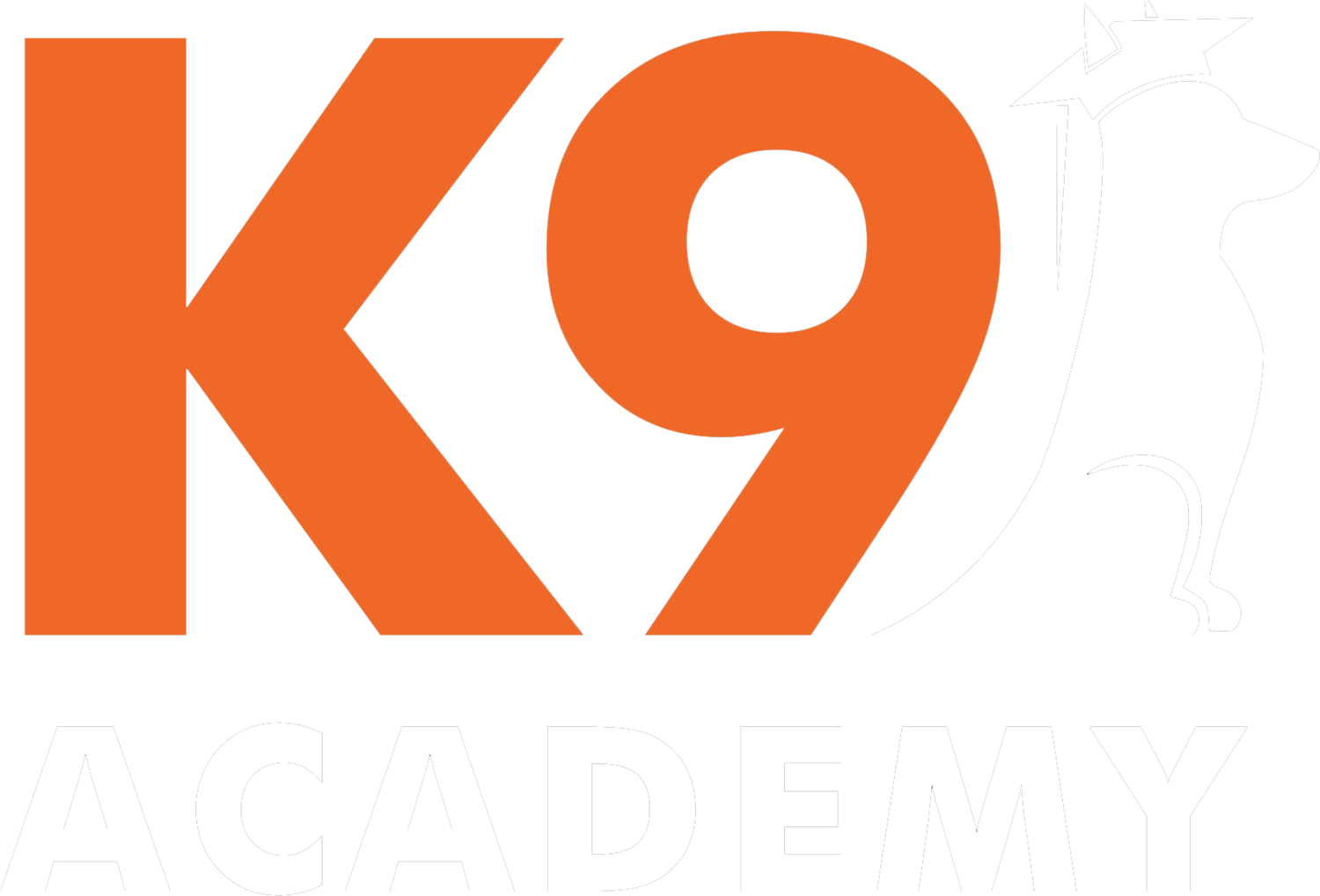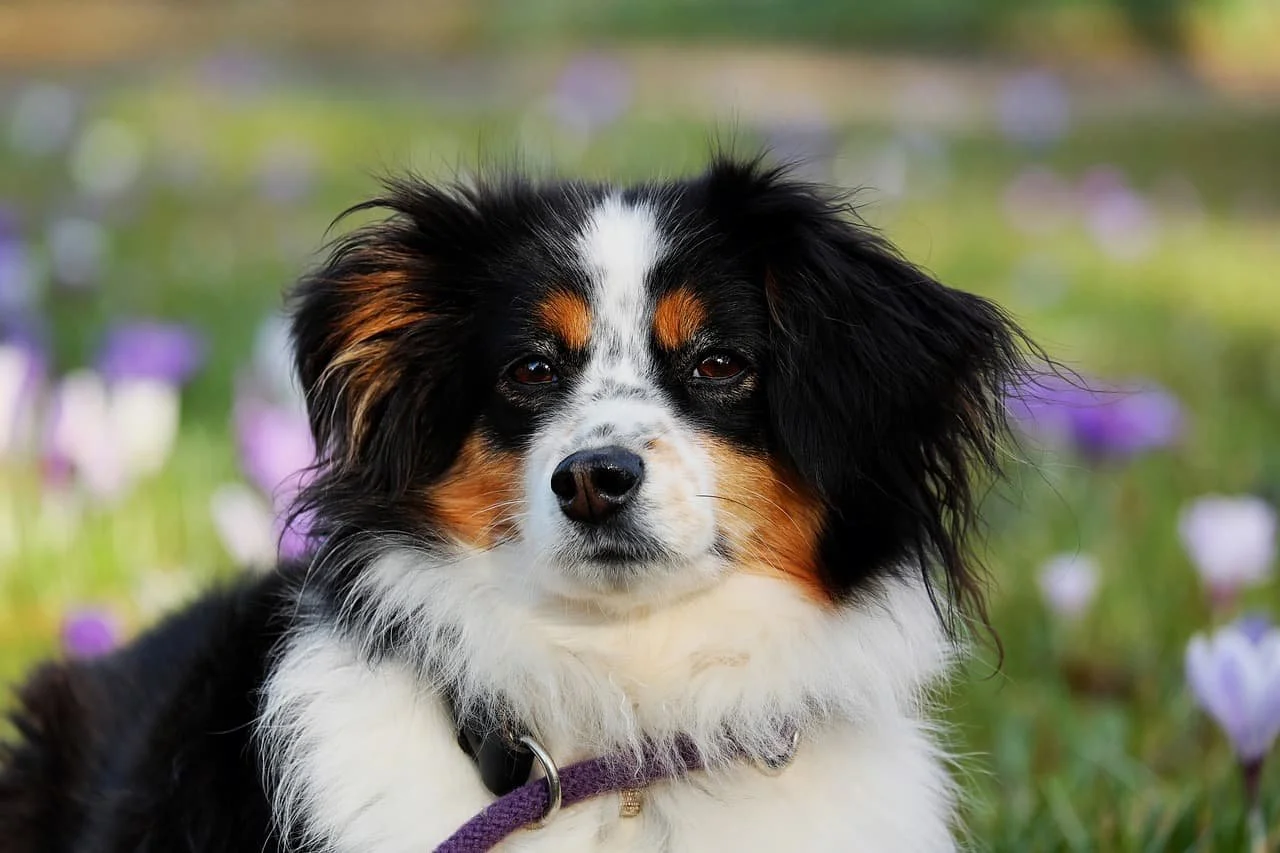Understanding the Different Types of Dog Training
Dog training is not just about teaching the dog commands, more than anything, it is a defined process that builds and transforms trust whilst improving the connection between the dog and its owner. Each training technique has its own purpose such as correcting issues, working on advanced skills, establishing discipline, or basic obedience.
It is important that every dog receives a professional program suited for it, such as the ones offered at K9 Academy Training, which are refined to each dog's specific needs, using tailored approaches based on solid outcomes. To create dogs that are balanced and responsive so they can thrive in any environment, there is a need to understand all the training methods available.
Different Approaches to Dog Training
Every dog needs a well-adjusted, confident, and obedient companion which starts from an early age. Due to the more complex nature of behavioral needs, energy levels, and breeds, one dog might have different traits when compared to the other, and this created a need for different types of dog training.
Professional training programs often focus on the compliments and qualities that revolve around unifying all dogs, aiding them to build proper social skills, address complex behaviors, and perform basic obedience tasks.
K9 Academy Training aims for a particular outcome and caters to the needs of the situation. Achieving foundational obedience, behavior modification, and advanced protection work all require different approaches tailored to exactly what they aim to achieve. Choosing the right training method is the first step toward a dog’s successful development.
Building Through Obedience Training: Core Skills Developed
Training obedience is perhaps the oldest and most popular form of dog training. It teaches the dog basic commands like: sit, stay, come, down, and heel. Obedience training, at its very core, ensures that the dog is manageable and responsive and knows what to expect. It also serves as a preparatory phase for more complex training in the future.
Obedience work can be captured through group classes and private one-on-one lessons. Group settings allow and encourage socialization as well as distractions while private training is great for individualized attention and tailored pace to progress. Many training programs, including the one at K9 Academy Training, integrate both approaches for balanced skill development.
Puppy Training for Early Development
Puppy training is a distinct category of training that applies to dogs below six months of age. The skills that are taught during this period become habits in the future. In general, puppy training sessions focus on crate training, housebreaking, recognizing and responding to their name, socialization, and basic obedience commands.
Puppy training programs are aimed at providing strong foundation skills for the dogs as well as controlling the chances of problem behaviors developing. In addition to positive reinforcement, these programs also teach the owners how dogs learn, making all future training attempts much easier. Besides teaching the skills mentioned, these programs also teach confidence by exposing the dogs to different environments, textures, sounds, and people to reduce fear or aggression as adults.
Behavior Modification for Problem Solving
Behavior modification is one of the most life-changing types of dog training. It focuses on specific issues such as reactivity, aggression, anxiety, excessive barking, resource guarding, and fear-based behaviors. Unlike basic obedience training that focuses on instructing the dog to sit or stay, behavior modification aims to change the dog's emotional responses and patterns to certain situations.
Programs in this area are designed for dogs with troubling behaviors stemming from trauma, socialization failures, negative reinforcement, or inadequate socialization. In-depth knowledge of canine behavior and psychology is needed for effective intervention through behavior modification, and it necessitates a plan, consistency, and comprehensive understanding.
We focus on behavior modification at K9 Academy Training specifically designed for dogs to reach their maximum potential, particularly those that could not be trained through standard techniques.
Types of Dog Training
Board and Train Programs
For two up to four weeks, dogs can stay and train with the instructor in intensive formats known as board and train. This setup works best for busy owners or dogs who require consistent and immersive handling to make progress. During their stay, dogs follow routines which include structured walks, obedience drills, play, and behavior correction.
Crucial to the program’s success is the level of repetition and control over the environment. Dogs learn from expert handlers, and owners are also instructed during detailed transfer sessions at the end. Many facilities populate the market, such as K9 Academy Training, where board and train options encompass follow-ups after the initial program to guarantee success.
House Call Training for Familiar Settings
House call training, or in-home dog training, is best for dogs that require assistance within their environment. Training in the home enables the solution of issues such as door manners, counter surfing, furniture guarding, and neighborhood leash reactivity.
This form of dog training is great for dogs who experience anxiety in a group setting or tend to behave differently in unfamiliar places. It also enables owners to actively participate in the training while receiving customized guidance. Trainers assess the family interactions within the home and add appropriate rules or limits as necessary.
Group Training for Social Learning
Group training classes offer an opportunity for dogs to learn in a more social setting. This format is ideal for developing focus and calmness during a variety of important exercises, including responding to basic commands while other dogs are present. Typically, group classes operate on a syllabus and advance through several levels, from beginner to advanced.
While trainers have to manage many dogs at once in group training sessions, the dogs are fully engaged in an active and interactive environment that stimulates learning. In addition to enhancing self-control, social interaction helps reduce hyper-reactivity. For many dog owners, group training is an effective, low-cost solution for achieving meaningful progress.
Custom Private Training Sessions
Through private training, dog owners achieve specific objectives that are useful to them and their dogs. This approach is ideal for dogs with specific and aggravating behavioral problems that need more attention. Customized training sessions allow for adjustable time and pace.
Using feedback, trainers develop a dog-specific action plan for each owner’s lifestyle, which ensures effective tracking of goals. Private sessions are vital for recovering aggressive, fearful, or highly excitable dogs. K9 Academy Training emphasizes effective communication, consistency, and precise outcomes during every private session.
Daily Practice through Daycare with Training
Focused behavioral exercises combined with regular social playtime result in daycare with training. As students, dogs gain from being in a stimulating environment while receiving structured lessons throughout the day. This hybrid format works best for energetic dogs and those with impulsive, socially inappropriate behavior.
Unlike regular daycare, these programs offer check-ins with trainers that monitor behavior and progress. This step reinforces prior skills and ensures a connection between training and real life.
Virtual Access Expands Training Opportunities
As technology progresses, virtual dog training becomes more popular. Now trainers can guide owners, help with problem solving, and give feedback through video calls. Virtual training is ideal for those living far away, in bad weather, or for follow-up sessions.
While there is little physical intervention, the focus at home practice is heightened. Most sessions comprise teaching, individual design work, and assigned activities to do before the next meeting.
Advanced Obedience E-Collar Training
Using low-level stimulation to reinforce commands and modify stubborn behaviors is known as e-collar training or remote collar training. This technique is widely misunderstood but provides great off-leash reliability and responsiveness when properly applied.
At K9 Academy Training, trainers use e-collars as a means of improving communication in training for enhanced compliance during outdoor sessions or environments with higher levels of distractions. This type of training is suited for active dogs, service dogs, or dogs that require more distance control. Every e-collar training has to begin with clear trust and command frameworks.
Specialized Protection and Guard Dog Training
Specialized protection training is focused on teaching dogs to guard homes, people, or property. This program concentrates on controlled aggression, obedience under stress, and controlled bite response. Not every dog is suitable for this type of work as it demands a stable temperament, strong motivation, and exceptional handler leadership.
Advanced obedience, targeting, and controlled reaction to potential hazards are included in guard dog training. While this may not be useful for most family pets, it is important for working breeds and families with security concerns. Trainers assess suitability and ensure all work is grounded in safety and ethics.
Service and Therapy Dog Training
The respective functions of a service dog translate into guide and assistance jobs, enabling the service dog to help the disabled person by offering guiding services, and enabling detection of seizures and medical alert. Therapy dogs, in contrast, provide emotional support and visit organizations such as schools and hospitals.
Kindly dogs, as they are sometimes referred to, are able to assist with diverse situations that require advanced obedience to give reliable results from various settings. These training programs span several months and include public access training. Instructors analyze the dogs’ behavior and provide customized lesson plans to fulfill compliance-based goals and standards.
Agility and Sport Training for High-Energy Dogs
Dogs can be trained in agility which entails physical exercises by way of obstacle courses, tunnels, jumps, and weave poles as an aspect of their exercise. It enhances focus and improves communication between the handler and the dog which leads to improvement of self-confidence.
In a similar manner, sport dog training includes disciplines like Schutzhund, scent work, and dock diving. The types of dog training described above are suitable with high drive breeds and dogs maintained on structured challenges. There is increased endurance, coordination, and responsiveness. Depending on the handler’s and the dog’s objectives, agility can be pursued as a fun outlet or a serious competitive sport.
Choosing the Right Training Program
The ideal training program is based on a dog’s age, personality, behavioral history, and the owner’s lifestyle as well as their goals. Whether it is foundational obedience training or an intensive behavior modification metamorphosis, every aspect of dog training fulfills a specific purpose.
At K9 Academy Training, we have the resources to conduct comprehensive assessments of dogs, enabling us to devise intricate, personalized strategies. In this case, finding a balance between having some structure to a given training path while still permitting dynamic adjustments in response to progress makes all the difference.
Final Thoughts
The professional services at K9 Academy Training reinforce the value of thoughtfully crafted, adaptable pedagogy that responds to a dog’s individual development. Grasping the diverse categories of dog training reveals how customized training can be.
From puppy steps to sophisticated behavioral modification, every program is designed to enhance the life quality of the dog and the handler.



